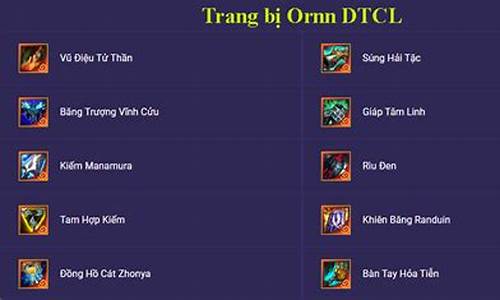
Digital currency, also known as cryptocurrency, is a form of virtual currency that uses
cryptography to secure and verify transactions. One of the key features of
digital currencies is their decentralized nature, meaning that they are not
controlled by any central authority or government. Instead, they operate on a
network of computers that validate and record transactions.
There are several different models for how digital currencies can be designed
and implemented. Here are some of the most common models:
1. Proof-of-Work (PoW) Model: This model is used by Bitcoin, which requires miners to solve complex mathematical problems in order to create new blocks and validate transactions. The process of mining requires significant computational power and energy consumption, which can lead to environmental concerns.
2. Proof-of-Stake (PoS) Model: This model is used by some other digital currencies, such as Cardano and Ethereum, which require users to hold a certain amount of cryptocurrency in order to participate in the network and validate transactions. In this model, the process of validating transactions is based on the amount of cryptocurrency a user holds, rather than the computational power they use.
3. Centralized Model: In a centralized model, there is a single entity that controls the entire network and manages the issuance of new coins. This model is less common among digital currencies, as it raises concerns about centralization and control.
4. Decentralized Model: As mentioned earlier, the decentralized model is one of the key features of digital currencies. In this model, there is no central authority or government that controls the network, and transactions are validated by a network of computers rather than a single entity.
Overall, the choice of model for a digital currency depends on various factors,
such as the intended use case, technical capabilities, and regulatory
environment. However, regardless of the specific model used, digital currencies
are becoming increasingly popular as a means of conducting financial transactions
in an efficient and secure manner.







